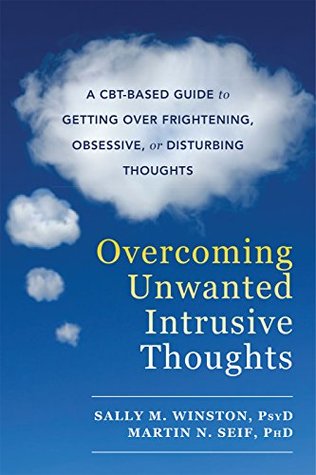More on this book
Community
Kindle Notes & Highlights
Read between
May 19 - December 27, 2022
We know that first fear is a response of your brain that is not under your conscious control. It is unstoppable.
But remember that the amygdala sends out many, many false alarms. Most first fears are actually false alarms.
The thalamus sends the trigger signal to the amygdala, which fires and creates first fear.
So what makes first fear unstoppable and automatic? It actually has to do with how our brain is wired. Let’s look more closely.
We want to emphasize two points here. Number one is that first fear is unstoppable because it comes about before your conscious will has a chance to intervene. Willpower has nothing to with it because it is triggered before willpower has a chance to intervene. The second point is that first fear goes away quickly when you realize you are in no danger.
But sometimes first fear doesn’t go away quickly. In fact, sometimes first fear is just the fuse that sets off a whole series of fearful reactions. When that happens, this second fear sets the stage for unwanted intrusive thoughts to occur.
Let’s imagine a situation very different from being startled by a friend. Let’s suppose that your thinking brain (your cortex), instead of telling your amygdala that all is clear, tells your amygdala that there is, in fact, something to be frightened about. In that case, your amygdala would trigger the alarm again and would continue to sound the alarm for as long as your cortex warned of danger.
How Inner Voices Create Unwanted Intrusive Thoughts Our inner dialogue between Worried Voice and False Comfort creates a fear-increasing cycle by adding second fear to intrusive thoughts. A fear-decreasing cycle happens when this dialogue gives way to the voice of Wise Mind.
that most alarms are false alarms and that there are comparatively few real emergencies in life. Worried Voice automatically takes every alarm seriously whether it sounded in response to a creak in the attic, a skip of the heartbeat, or an intrusive thought.
As soon as this happens, False Comfort steps forward to try to silence Worried Voice. False Comfort tries by minimizing, pretending, explaining away, calming, and making a plan “just in case.” But this only confirms for Worried Voice that the alarm was legitimate and needs to be dealt with.
The best way to avoid second fear is to end the fear-increasing cycle by allowing Wise Mind to take over. It is only Wise Mind who realizes that the amygdala is just doing its job, that the thought is actually only a thought, and that the alarm is likely a false positive, needing only time to pass until it stops.


